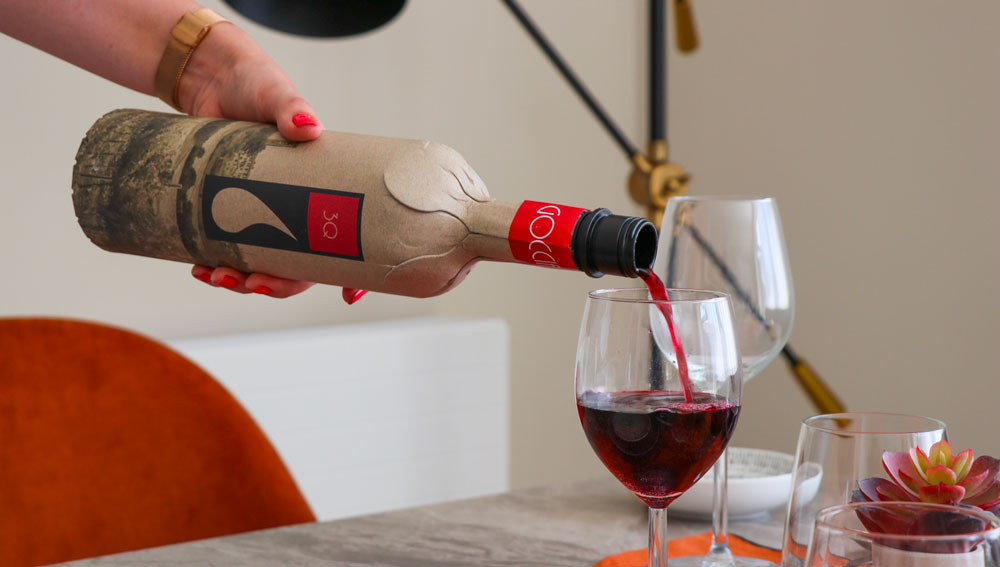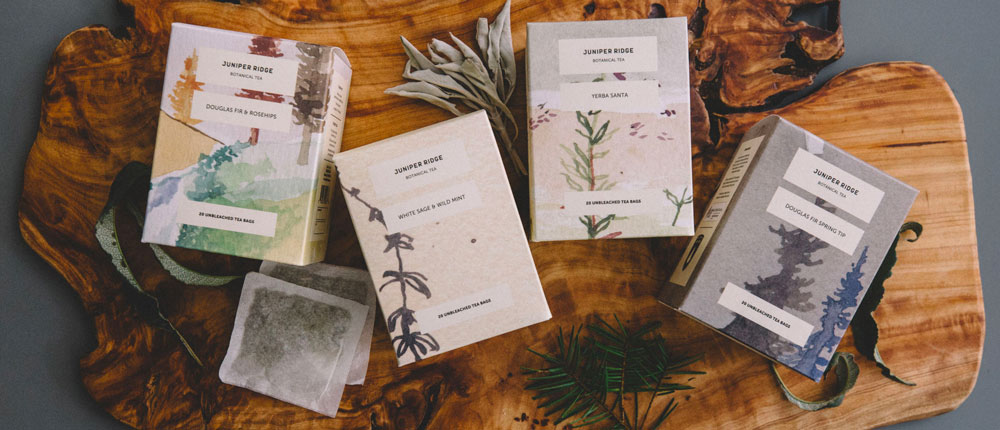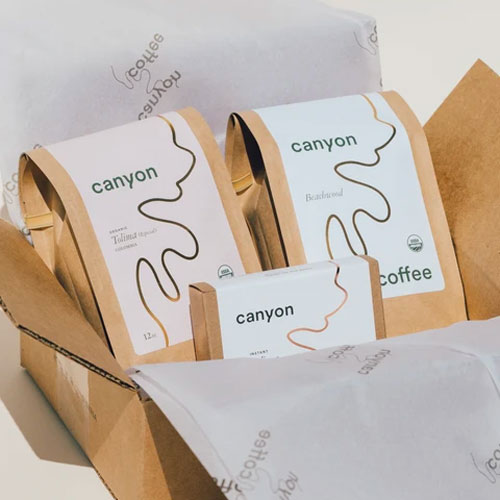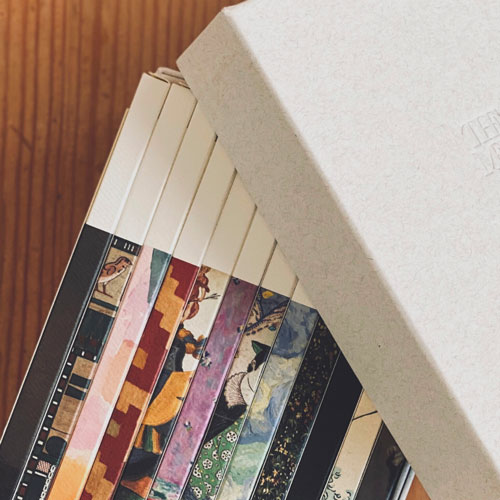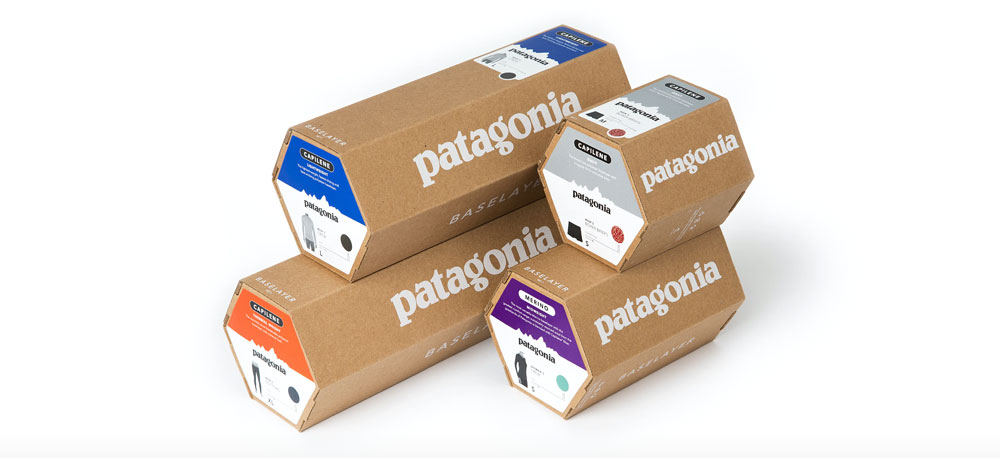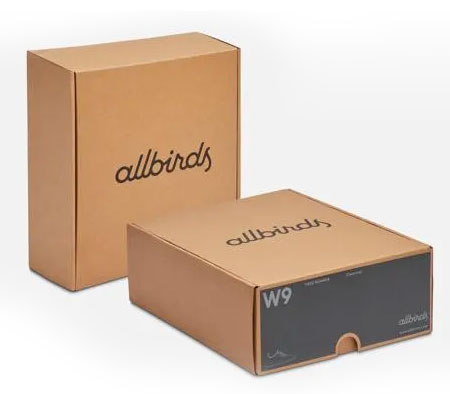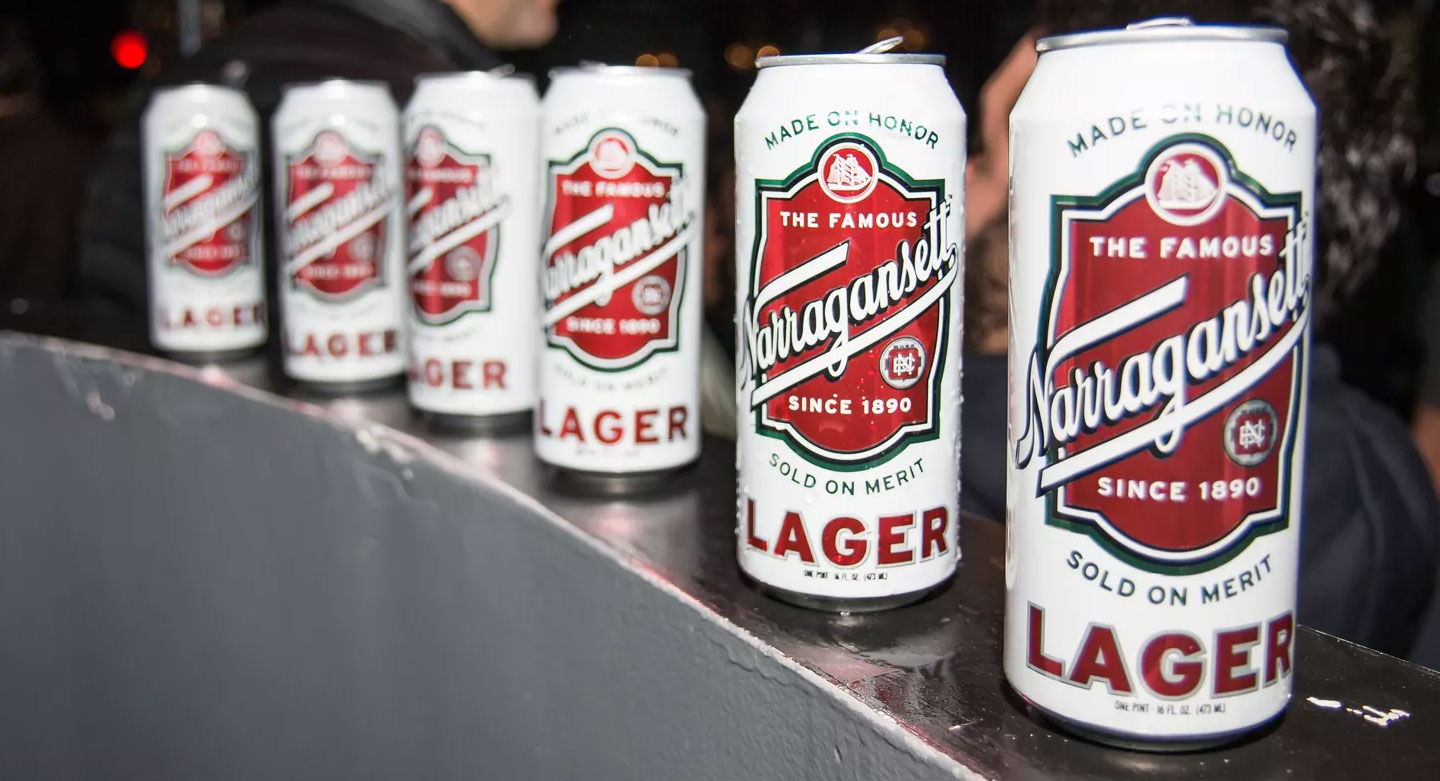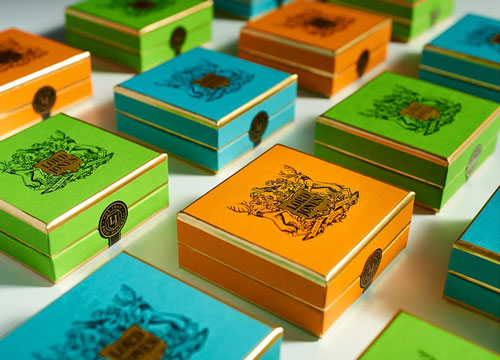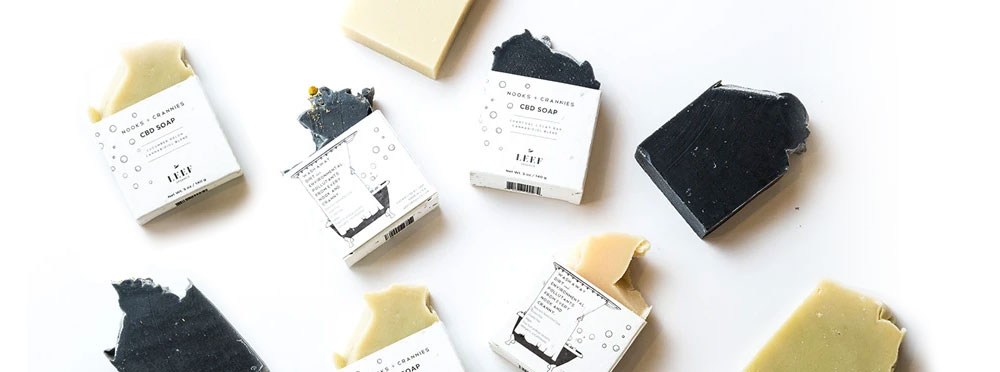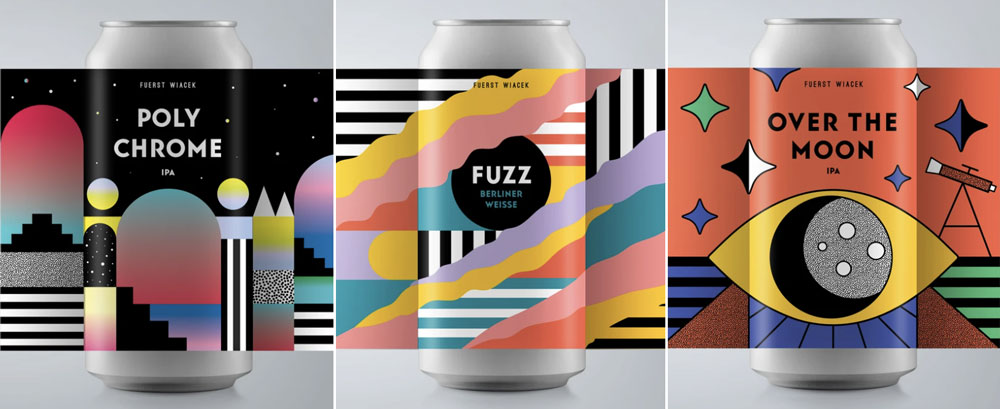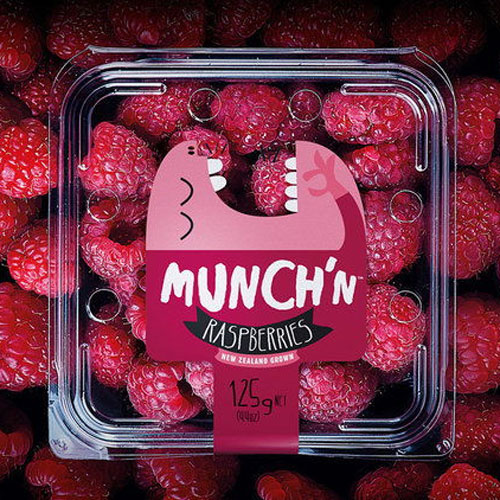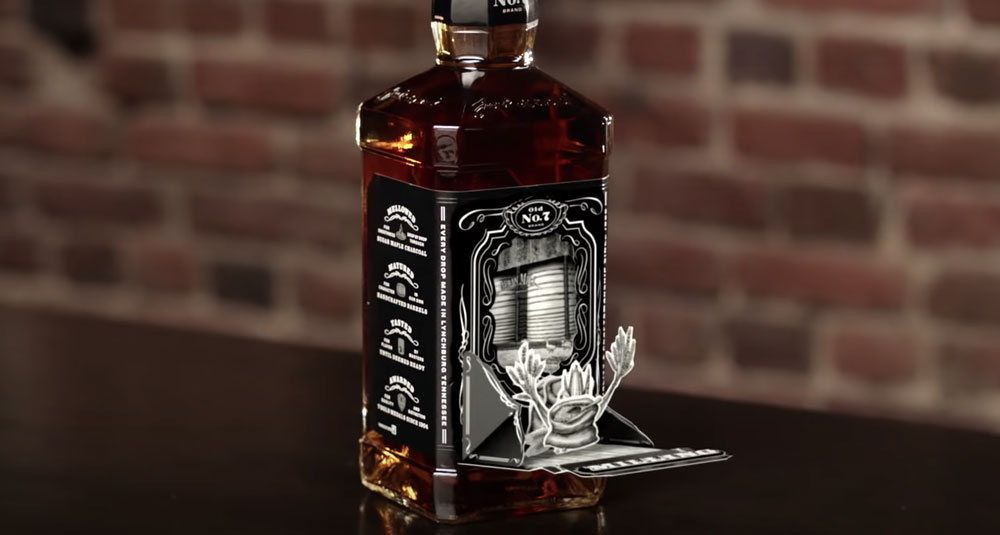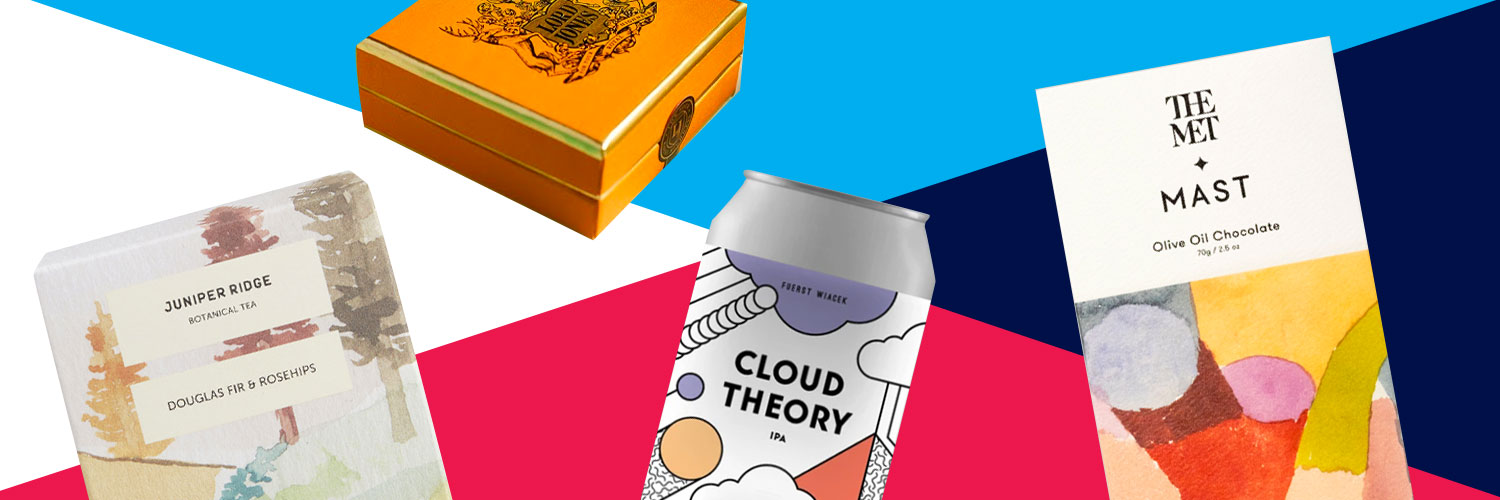
7 PRODUCT PACKAGING DESIGN TRENDS IN 2021
SO, WHAT IS PRODUCT PACKAGING DESIGN?
Product packaging design is the process of planning and creating packaging for products. Generally speaking, quite a bit of thought goes into product packaging design. This makes sense, as product packaging needs to address many, sometimes conflicting objectives. As brands have begun to appreciate the value of packaging, packaging design has begun to receive more attention from consumers and from the media as well.
So what does great packaging design look like? In this guide, we’ll look at examples of today’s best packaging design and examine why they work. Hopefully this will serve as a creative spark for your own packaging endeavors.
WHY PACKAGING DESIGN MATTERS
While brands have long understood the value of product design, more and more are devoting resources to packaging design as well. This commitment is informed heavily by recent research showing that 40% of consumers will share an image of packaging on social media if it’s unique, and 72% of American consumers say their purchasing decision is influenced by packaging design. Additional studies found that 81% of consumers tried something new because the packaging caught their eye, and 63% of consumers purchased a product again because of the packaging’s appearance.
Those numbers show that packaging design matters to consumers, but it’s also worth touching on why: packaging is the first aspect of the product that a shopper interacts with. As such, companies are realizing the opportunity for packaging to stand out, convey the story of the brand, and draw the customer in.
Now, let’s take a look at 7 packaging trends that we expect to continue in 2021, and a few brands that are leading the charge for anyone looking for a bit of package design inspiration.
1) RECYCLABILITY IN RETAIL PACKAGE DESIGN
2) MINIMALISM WITH A TWIST FOR LUXURY PACKAGING DESIGN
While it’s too “classic” to call it a trend, an alternative design approach is to simply communicate what’s inside in a thoughtful fashion. Such no-nonsense branding can convey an aura of transparency and honesty—a good foundation for building trusted customer relationships. Wellness products and other goods which emphasize simplicity and purity of ingredients may gain from such an aesthetic. The prevalence of clean, clutter-free package designs on store shelves is proof that less really can be more.
Another stunning design is Mast’s chocolate packaging. The ethically sourced, organic chocolate company’s eco-friendly packaging is an exercise in restraint. The front of the packaging uses block printing techniques and hand mixed pigments. The effect is at once abstract and tactile, emphasizing the material qualities of the paper and inks, while the typography is understated and unassuming. The variety box, which displays the bars like books in a bookcase, suggests more high-minded and guilt-free pursuits such as literature or, in the case of their partnership with The Met, fine art.
Simple design doesn’t mean boring design. In fact, most minimalist packaging designs offer ample opportunities to add excitement without destroying the simplicity. Take Canyon’s artisan coffee bag designs, for example. Designed with a brown paper coffee bag, white label, and sans serif black text, the packaging’s gold foil line makes an otherwise plain design pop. The same goes for the simple watercolor images printed in environmentally friendly inks that adorn Juniper Ridge’s botanical tea package design.
3) SUSTAINABLE DESIGN PRACTICES FOR PACKAGING SUPPLIERS (BEYOND ECO-FRIENDLY PACKAGING)
Corporate Social Responsibility (CSR) has come into the spotlight in the last couple years as a way for businesses to enhance brand perception. What’s less understood are the other opportunities that come with CSR. Many companies are implementing sustainable business practices that fulfill both social responsibility and business objectives. One way is “rightsizing,” the practice of reducing overall packaging size, fill material, and paper waste through conscious design choices. An added bonus: rightsized packaging improves shipping efficiency, reducing costs as well as carbon footprints associated with transportation of goods.
A great example of rightsizing is Patagonia’s base layer clothing packaging. The updated packaging (designed to address dipping sales) is essentially a hexagonal box cut to various sizes based on the product. The new box size is more efficiently stackable, and fits the clothing snugly, thus reducing the amount of material and space used. Even better, the unique format resulted in a 70% increase in sell-through at retail and received an International Design Excellence Award.
Right-sizing will continue to have an ally in ecommerce. The growth of online shopping (now exaggerated by the pandemic), only increases the demand for lighter, smaller packaging that reduces shipping costs.
Allbird’s shoe packaging is another case of right-sized product packaging done right, and a concrete demonstration of the company’s commitment to sustainable practices. The packaging itself is made from recyclable materials and uses soy-based inks. Molded shoe inserts—rather than standard crumpled paper reduce materials—protect the shoes during shipping, and the shoebox performs double duty as a shipping box, eliminating the need to ship boxes within boxes—a standard practice for the industry.
Roughly two-thirds of Americans are willing to pay more for sustainable products. To strengthen adoption by manufacturers, 3rd party organizations certify certain sustainability practices, like waste stream management, multi-material recycling, and much more. For example, the Sustainable Forest Initiative, the Programme for the Endorsement of Forest Certification, and the Forest Stewardship Council all offer guidance to help companies improve their sustainable practices, and provide evaluations and certifications to responsible companies to promote sustainable forest management. For packaging designers and brands looking to implement eco-friendly practices, or vet potential partners, these certifications offer credible proof of a strong commitment to the environment.
4) HERITAGE BRANDING & MODERN PACKAGE DESIGN
Brands with long histories often have an extensive graphic heritage they can draw on. For instance, many beer companies have excelled by looking back to the past, as evidenced by these recent limited edition beer cans from Tecate and Narragansett. Likewise, Kodak’s 2016 rebrand drew heavily from the 1970s version of the logo.
But not every company has a 100+ year history they can lean on for design inspiration. That’s not stopping many young companies from trying. Across a range of industries, many new brands are appropriating older styles in order to leverage shoppers’ emotional attachment to the past in a trend that’s been called “newstaglia.”
One noteworthy example is Lord Jones, a maker of cannabis-infused products. The company’s confections and cosmetic packages are decorated with gold foil lamination, hand-drawn illustrations, and floral designs that evoke heraldic family crests. The design is undeniably, but also ironically, old-school, especially for a brand that has only been around for a few years.
5) PLANTABLE PACKAGING AND BIODEGRADABLE MATERIAL
An increasingly popular route to sustainability in the packaging industry is biodegradability. This essentially means using packaging that can be decomposed naturally by bacteria or other organisms in a waste setting, opposed to recyclable packaging which aims to allow the reuse of the material.
An example of biodegradable packaging currently in the market is Pangea Organics’ packaging. The bar soap package design is made from plant-based fibers, and its “plastic” tubes are formed of 100% Sugarcane Bio-Resin, a sustainable alternative to petroleum-based polyethylene resin. The most surprising part is that various herb seeds, like basil, are woven into the boxes, meaning they can be moistened and planted. Similarly, LEEF Organics, a CBD company, has created paper CBD packaging with tomato seeds in it. Both of these companies have demonstrated that cool, effective consumer goods packaging can also be highly sustainable (as well as providing the makings for a homemade caprese salad).
6) GO BOLD: FLAT GRAPHICS IN MODERN PACKAGE DESIGN
Today, the appreciation of “story” in branding has never been greater, and there’s no reason to think it will lessen in the coming year. On packaging, pictures can tell a brand story much more quickly and effectively than a wall of text, especially on crowded retail shelves. Many retail brands have turned to simple, sometimes cartoonish illustrations to do this. Such illustrations use simple blocks of color to create immediately recognizable images reminiscent of online icons.
Customization can turn the simplest illustration style into a platform for creative expression. Each beer can design for the Berlin-based brewery Fuerst Wiacek is as unique as its craft brews. The funky colorful pattern of the Fuzz Fruited Berliner Weisse, the trippy waves of the Space Jelly IPA, and the simple, solid shapes of the bird for the Turtledove DIPA are all from a single family, yet each can feels one of a kind. Cacao 70’s chocolate bar wrappers are also variations on a theme, with unique visual stories with that give an extra taste of personality to each flavor.
The New Zealand berry fruit brand Munch’n features a cartoon mascot doing just what the brand name says—“munch’n”. The hungry character appears as a seal on all of its kiwi berry containers, as well as on shipping boxes and paper bags, and it always looks like it’s eating the berries inside. This simple, fun character gives the packaging design life beyond mere function.
7) AMPLIFYING USER EXPERIENCE WITH INTERACTIVE SMART PACKAGING
Retail products are inherently interactive. You open a jar of pasta sauce and a bottle of wine so you can share dinner with a friend, but imagine how much more fun your night might be if the labels on that sauce jar and wine bottle were embedded with unique QR codes and interactive AR features. Increasingly, developments in smart retail packaging design are enabling innovative brands to complement and enrich their users’ experience.
Jack Daniel’s created a custom app to put a modern spin on their heritage branding. The Jack Daniels AR app allows the user to scan the iconic black and white label, causing it to unfold and reveal Jack’s story, the production process, and location info through artful animations. The entire process is highly informative, engaging, beautifully designed and, as Jack Daniel himself might have said, exceptionally smooth. A similar experience can be on 19 Crimes’ wine labels, which bring the stories of individuals exiled from England to Australia to life and have helped build 19 Crimes into a massively successful brand.
Another great example is Francesco Rinaldi, which upped their pasta sauce game with the Francesco Rinaldi AR app. Developed by Twisted Rope, the interactive app brings the brand’s iconic Mrs. Rinaldi to life whenever a user scans the packaging label using a phone camera. In both Italian and000 English, she engages grocery shoppers with a different message on each jar (which, by the way, is BPA-free, shatterproof, and 100% recyclable). Viewers can also select a “Tap for More” button, bringing users to landing pages with recipes, and more.
SOLUTIONS IN RETAIL PACKAGE DESIGN
Sustainable, eco-friendly product packaging design will continue to be a concern for companies in 2021, and economic pressures will force many of them to get creative as they cut costs while also cutting emissions. Packaging designs that connect consumers to a larger brand idea or story in surprising ways will continue to surprise and delight. And technology that lets shoppers interact with products in new ways is likely to play a larger role. On the other hand, uncertainty around the pandemic will complicate how brands navigate all of the above. Only one thing is certain—the importance of product packaging will continue to grow.
UNPACKING CREATIVE PACKAGING IDEAS FOR 2021…
Sustainable, eco-friendly product packaging design will continue to be a concern for companies in 2021, and economic pressures will force many of them to get creative as they cut costs while also cutting emissions. Packaging designs that connect consumers to a larger brand idea or story in suprising ways will continue to surprise and delight. And technology that lets shoppers interact with products in new ways is likely to play a larger role. On the other hand, uncertainty around the pandemic will complicate how brands navigate all of the above. Only one thing is certain—the importance of product packaging will continue to grow.
FREQUENTLY ASKED QUESTIONS
Product design is the process of identifying and defining users’ problem within a market and developing a solution. It’s design from initial concept through to manufacturing a final product, all the while keeping the user in mind. Products are made for people, which means designers need to design around their users’ needs, behaviors, and preferences. Product design aims to maximize the value of products for users, both by solving user problems as well as enhancing user experience. Product design also needs to take into account technical and material limitations and possibilities, as well as requirements for business success.
Product packaging houses a product, protects it, and makes it easier to transport and display in a store. Product packaging can also promote a product, help it stand out on store shelves, convey a brand story or idea, provide information about a product, educate shoppers, or assist in the sale of the product in any number of ways.
Packaging design is the process of designing a container for a product. The goal of product packaging design is to attract customers, differentiate a company’s product from its competitors, represent the company brand and help sell the product. Packaging designers take many elements into account, including packaging material and structure, colors and typography, graphics, required regulatory information, user experience, cost, and technical requirements and limitations.
Every product comes with its own unique set of business goals, logistical problems, brand concerns, user behaviors and preferences, material and space limitations, retail restrictions, legal requirements, budget, and other parameters. Designing the optimal packaging for any product needs to take into account all of these issues. Often, though, it’s best to start with a single idea—and that can come from anywhere. For more inspiration, visit our blog.

